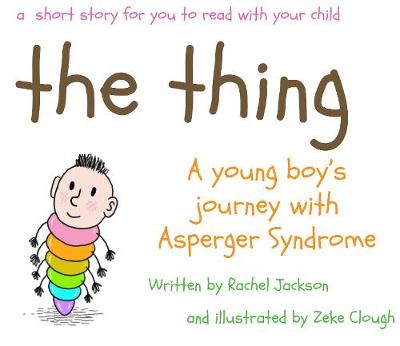The Thing
3 primary works
Book 1
With parent/carer notes and suggestions for classroom activities, this book is not simply for children on the Autistic spectrum. It is a sensitive and accessible route to opening discussion with children across mainstream and specialist settings about the nature of diversity and acceptance.
Book 2
It tells of the little jealousies, frustrations and perceptions of a little boy...and the gentle shifting of his understanding of his brother.
With parent/carer notes, this book is not simply for brothers and sisters of children on the Autistic Spectrum. It applies to any sibling trying to understand from the side-lines of disorder and offers a sensitive and accessible route to opening discussion with children across both mainstream and specialist settings about the nature of diversity and acceptance.
Book 3
Its a PanDA thing - A visit to my world of Pathological Demand Avoidance
by Rachel Jackson
A follow on in the journey through Autism and Aspergers - this, the third book in Rachel's series - enters a new diagnostic space as she learns about and begins to understand Pathological Demand Avoidance - a new flavour of ASD still disputed, debated and under researched.
With a foreword from Harry Thompson (The PDA Paradox) and recommendations and backing from the PDA Society, this is a wonderful resource aimed at building open dialogues between parent/carer and child about the nature of their condition - but it is also a wonderful way to open discusion in classrooms and with peer groups who may be struggling to understand PDA in others.


